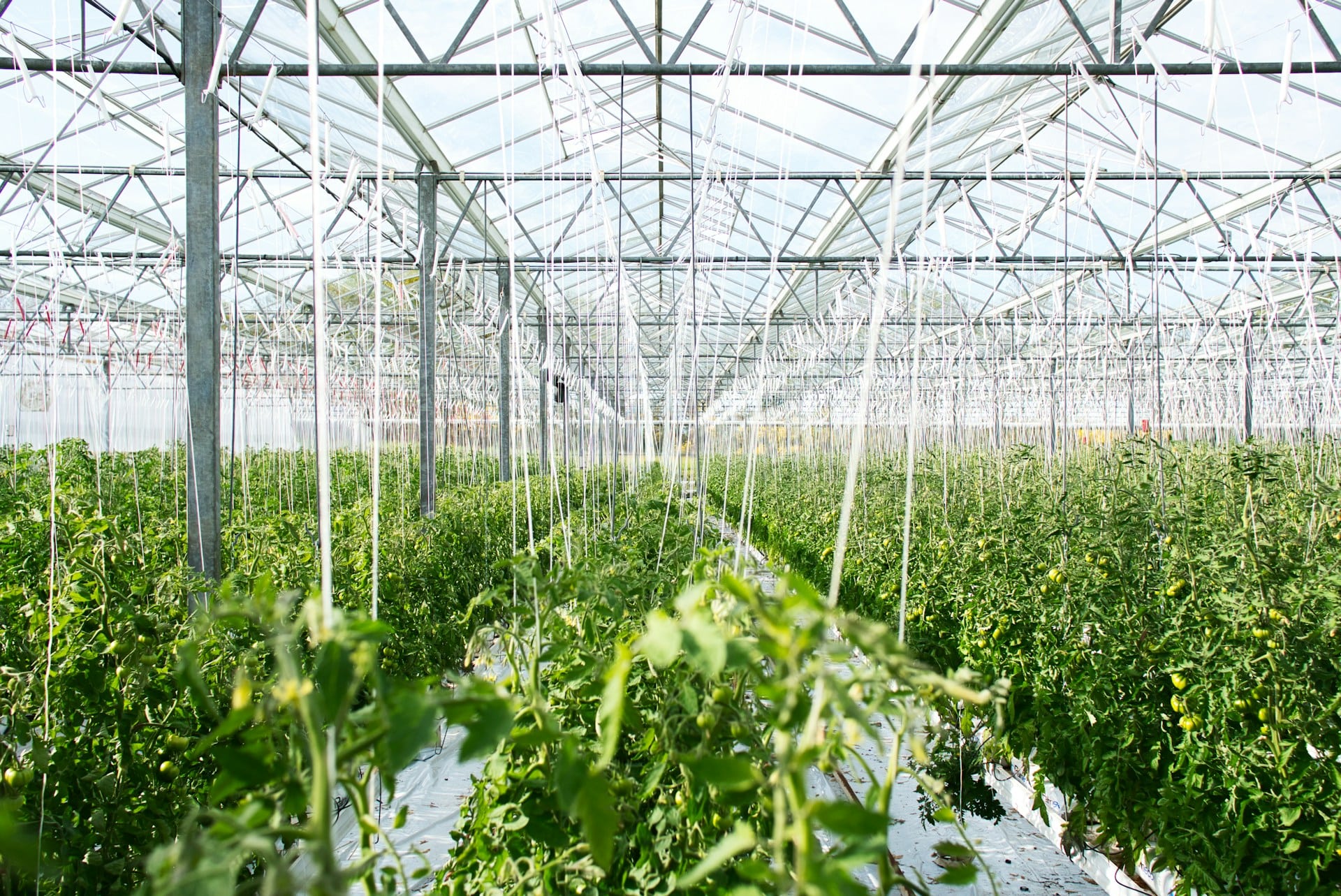Introduction
The Scotch Bonnet pepper, known for its fiery heat and distinctive fruity flavor, is a prized ingredient in many Caribbean cuisines. Whether you’re looking to add spice to your culinary endeavors or seeking a profitable crop, Scotch Bonnet farming can be a rewarding venture. In this article, we’ll guide you through the basics of Scotch Bonnet farming, from soil preparation to harvesting.
1. Understanding Scotch Bonnet Peppers
The Scotch Bonnet pepper (Capsicum chinense) is closely related to the Habanero pepper, but with its own unique flavor profile and higher heat levels. It is characterized by its small, wrinkled, and bonnet-shaped fruit, often turning from green to vibrant yellow, red, or orange when ripe.
2. Choosing the Right Location
Scotch Bonnet peppers thrive in tropical and subtropical climates, where temperatures range from 70°F to 90°F (21°C to 32°C). The ideal location for farming Scotch Bonnet peppers should have:
- Full sunlight: At least 6-8 hours of direct sunlight per day.
- Well-draining soil: Sandy loam or loamy soil is ideal.
- Protection from strong winds: While Scotch Bonnet plants are hardy, they still benefit from wind protection, especially when fruiting.
3. Soil Preparation and Fertilization
Before planting, ensure that your soil is rich in organic matter. Soil testing is crucial to determine the pH level (which should be between 6.0 and 6.8). Amend the soil with compost or aged manure to improve fertility. You can also incorporate a balanced fertilizer that is high in phosphorus and potassium to promote healthy fruiting.
4. Planting Scotch Bonnet Peppers
You can start Scotch Bonnet peppers from seeds indoors 8-10 weeks before the last frost date. Once the seedlings are robust and the soil temperature reaches about 70°F (21°C), transplant them into your garden or raised beds.
- Spacing: Plants should be spaced about 18-24 inches apart to allow room for growth.
- Watering: Consistent watering is essential, but avoid waterlogging. Drip irrigation is ideal to keep the soil moist without soaking the plants.
5. Care and Maintenance
Mulching: Use organic mulch around the plants to retain moisture and suppress weeds.
Pest control: Scotch Bonnet plants are susceptible to pests like aphids, spider mites, and whiteflies. Regularly inspect the plants and use organic pest control methods if necessary.
Pruning: Pruning helps maintain the shape of the plant and encourages better airflow. Remove dead or damaged leaves and stems to reduce the risk of disease.
6. Harvesting and Yield
Scotch Bonnet peppers typically take 75-90 days from transplanting to harvest. The peppers should be harvested when they reach full color (yellow, orange, or red) and are firm to the touch. Regular harvesting encourages the plant to produce more fruit.

